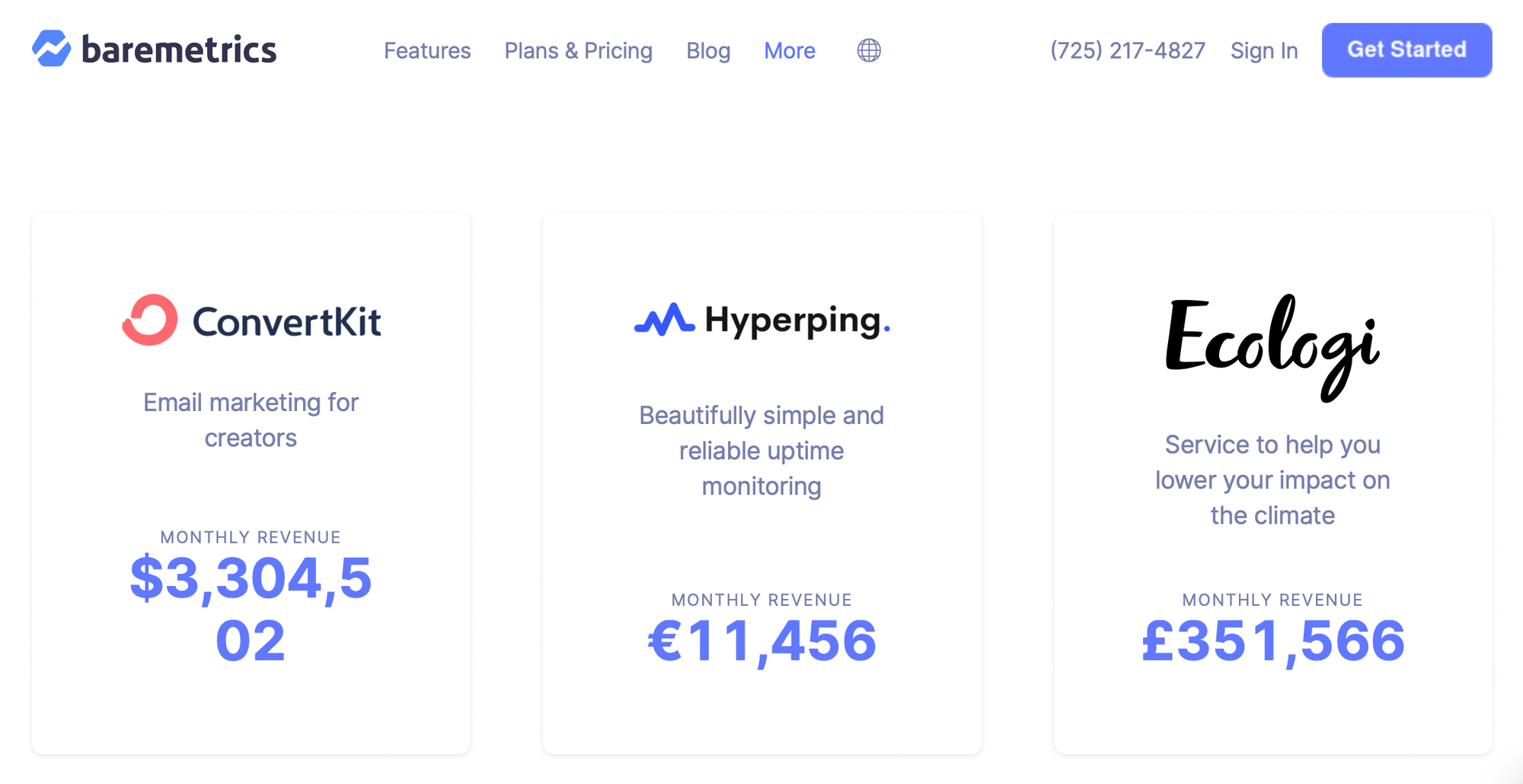Ruby on Rails, or 'Rails' for short, is a framework for making websites with the programming language Ruby. The idea behind it is to simplify how programmers create websites and it caused a storm amongst developers when it was released in August 2004 by software engineer David Heinemeier Hansson (also known as DHH).
Since then there have been huge changes in the world of programming. There was a shift away from server-side frameworks like Rails, where developers spend most of their time working on the back end of the website, to Single Page Applications like React, where most of the work is done on the front end.
More recently, the pendulum has started to swing back towards the server-side. Frameworks like Rails and Laravel are cool again. Let's go over the state of Rails in 2024.
Why do people love Ruby on Rails?
A lot of developers like using Ruby on Rails because it is built specifically for people who want to make web apps in the most fun and efficient way possible. Many startup founders are attracted to Rails because of the 'Lindy effect', whereby the longer that things exist for, the more popular they become.
Imagine a founder has the choice between a brand new technology or one that has been around for 20 years. The latter has demonstrated that it already works and it has probably been improved upon a lot. The newer technology probably has more bugs.
Basically, Ruby on Rails is tried and tested - it's powered a lot of successful startups so it's not a risk to use it, compared to other more fast-changing coding technologies.
Companies that use Ruby on Rails
There are lots of companies that use Ruby on Rails just fine without any problems, despite some devs deriding it as being too old.
• Shopify
Shopify has conquered e-commerce and made it easy to sell products online. It actually started out as an online store for selling snowboards. They later pivoted to making Shopify a tool that other people could use to build their websites and take payments online. Its founder Tobi Lutke chose Ruby on Rails to make his website. Shopify is now listed on the New York Stock Exchange and made $5.6 billion in revenue in 2022.
"Everyone else who was building online stores had a team of 100 people and yet I was more productive. That's the difference of effectiveness, of what Rails did and it made it possible to build systems alone again"
• ConvertKit
One of the most successful bootstrapped startups, ConvertKit is an email marketing tool which uses Ruby on Rails. Created by Nathan Barry, the site makes more than $3 million in monthly recurring revenue and has over 600,000 users.

• Basecamp / Hey.com
The creator of the Ruby on Rails framework, David Heinemeier Hansson, uses Rails for all of his company's products. Together with Jason Fried, David makes 37 Signals and Basecamp, a suite of software tools for working productively. More recently they have also made paid email tools like hey.com using Rails.
Transistor is a podcast hosting service founded by Justin Jackson and Jon Buda in 2018. They use Ruby on Rails and host 26,000 podcasts on their platform. The companies makes millions of dollars in annual revenue. When I asked Justin over Twitter why they use Rails, he told me this:
“We chose Rails because it was a mature, stable framework. Compared to most JavaScript frameworks it’s way easier to be productive in Rails (especially as a small team). It’s also what my co-founder, Jon, knew best!”
Founders who use Ruby on Rails
Rails is also very popular with indie hackers who run small but profitable companies. Marc Köhlbrugge runs the startup directory BetaList, a job board Startups Jobs and many other sites using Rails. He has more recently launched the RoomAI website using Rails, which lets you design your dream home using AI.
"My affinity for Rails stems from its efficiency in handling web application development, particularly for software as a service (SaaS) projects. It automates much of the groundwork, allowing for quicker shipping of ideas to production."

Jon Yongfook hit $53,000 MRR in February 2024 with his startup Bannerbear, which lets users create great looking meta images for their websites. He is a long-time user of Ruby on Rails.
Recent changes to Rails
The Rails have added solutions like Turbo which give you the speed of single page applications without having to write JavaScript. It's the Rails way of delivering faster websites without you having to use a JavaScript library like React. Turbo Native also lets you write Ruby on Rails for mobile applications.
Should I learn Ruby on Rails in 2024?
There a few good reasons to learn Rails in 2024. For one thing, you'll stand out in the job market. Most junior developers these days focus on the front end and learn things like React and Next.JS. There's nothing wrong with that but it does mean there is a lot of competition for those jobs.
In contrast, not so many people learn Ruby on Rails when they are learning to code. So while there aren't as many job opportunities, you will probably face less competition for these jobs. Lots of companies who use Rails have commented that it's hard to find junior developers who have experience with the framework.
Another reason to learn Rails is if you want to create your own software business. Lots of founders like it because it is a tried and tested framework and it doesn't change as rapidly as working with JavaScript, where each year a new 'must-use' framework or library comes out. If you are interested in making your own business, there are lots of successful bootstrapped companies like ConvertKit, Transistor FM, BetaList and Bannerbear that can serve as a positive example of using Rails.



